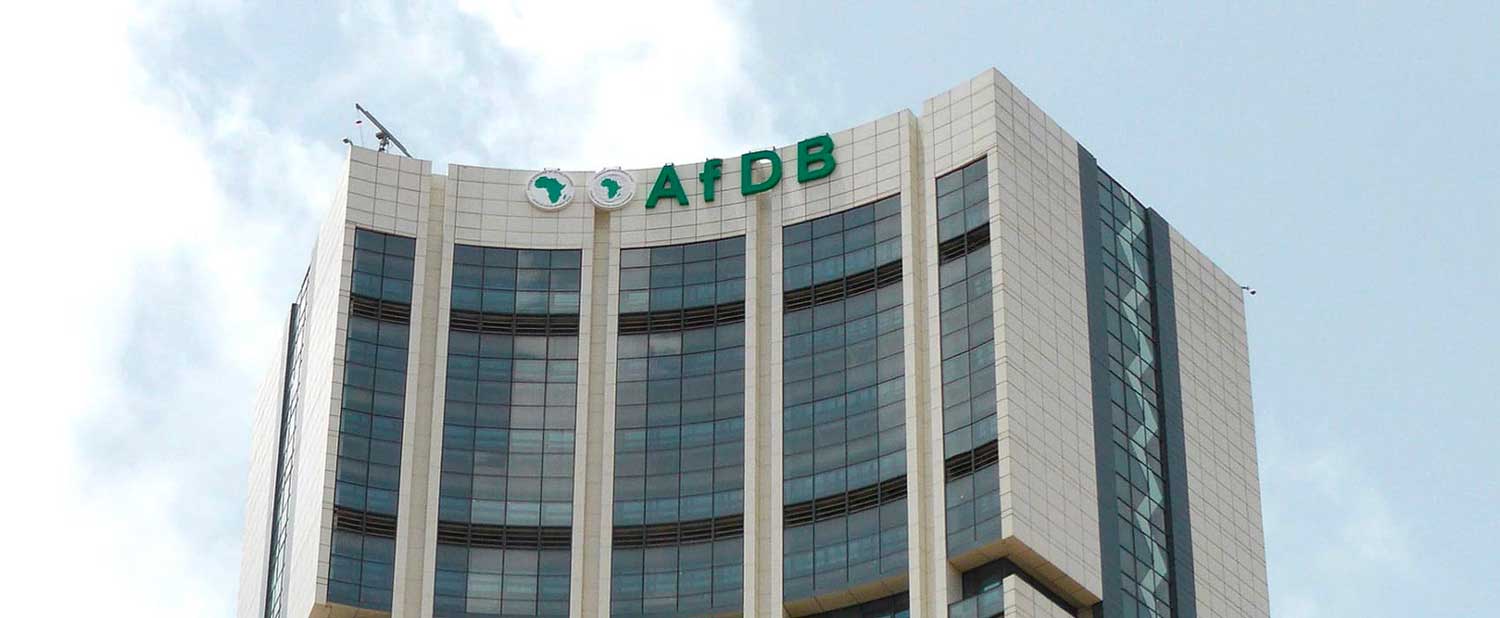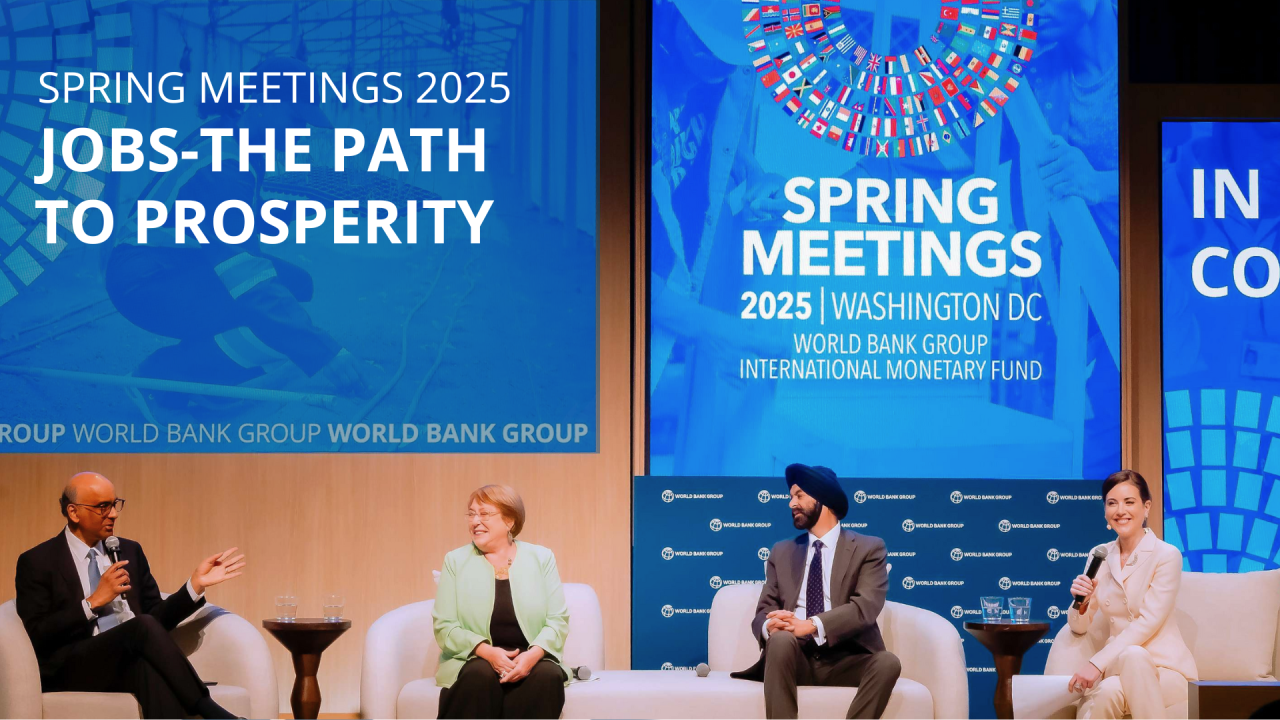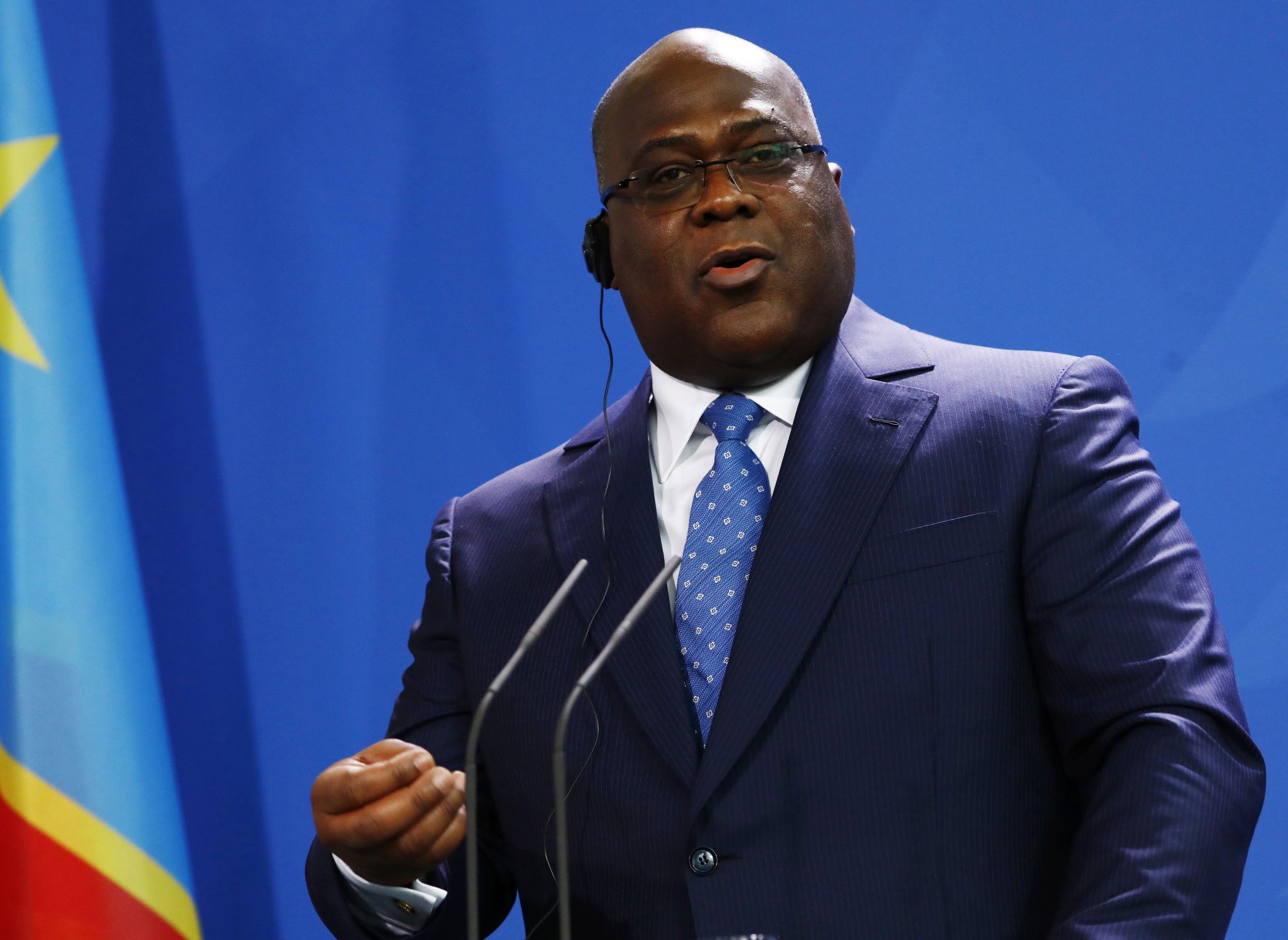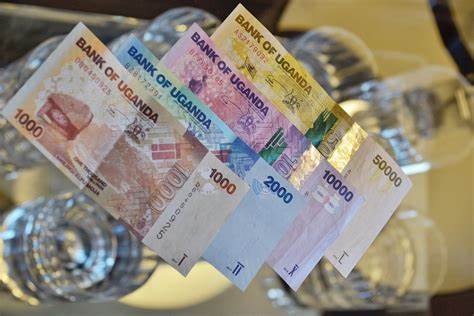Mozambique reforms telecom rules to attract capital
Mozambique’s telecom transparency push targets lower funding spreads as US10YT=RR stays elevated; operators VOD.J and MTN.J gain regional clarity while Mozambique 2031 bond yield ≈ 10.4% tests investor response to governance credibility.

Mozambique’s communications sector is entering a structural reform phase as the government launches a regulatory overhaul aimed at improving transparency, competition, and investment quality. The review—covering interconnection, radio spectrum, and infrastructure sharing—signals a shift from reactive oversight to predictable governance within a USD 18 billion economy at 2024 current prices. Real GDP growth is projected at 3.9 percent in 2025 as LNG production stabilizes and services gain momentum.
Headline inflation stood at 6.5 percent year-on-year in September 2025, with the Bank of Mozambique maintaining a tight policy stance to preserve the currency’s stability. Public debt remains high, at roughly 95 percent of GDP, while reserves near USD 2.5 billion are expected to decline by around 20 percent after the government redeems its USD 900 million Eurobond due 2025. A coherent regulatory framework is now seen as critical to attracting private telecom capital and reducing sovereign risk premia.
The economic channel runs through the transparency–cost-of-capital linkage. Telecommunications profitability depends on clear spectrum allocation, transparent interconnection pricing, and enforceable infrastructure-sharing rules. Consolidating these under one legal structure compresses perceived risk, widens the lender base, and lowers financing spreads.
In comparable frontier markets, each ten-point gain in regulatory quality narrows corporate funding costs by roughly 50 basis points. Mozambique’s 2031 Eurobond currently yields about 10.4 percent; credible reform execution could tighten spreads by 80–100 basis points over two years, cutting operator funding costs and bringing forward investment breakeven for 4G and early 5G networks. Improved rule clarity also limits sovereign contingent liabilities from state-owned network guarantees, reinforcing debt-sustainability objectives.
Telecommunications contribute an estimated 3.7 percent of GDP, yet broadband penetration was only 31 percent in 2024. Clarified interconnection and tower-sharing rules could reduce capital expenditure by 20–25 percent through co-location and neutral-host infrastructure, freeing balance-sheet capacity for coverage expansion.
Empirical regional data show that each 10 percent rise in sharing efficiency adds about 1 percentage point to rural broadband penetration within three years. Broader access translates into faster e-commerce growth, higher tax efficiency, and a widened digital-services base. Fiscal models suggest that improved compliance and VAT capture from digital transactions could lift annual non-resource revenue by 0.4–0.6 percent of GDP by 2028. These second-order effects enhance fiscal resilience without raising statutory rates or external borrowing.
Globally, the timing aligns with investor preference for governance-driven reforms over stimulus in high-debt frontier markets. Kenya’s 2010–2015 telecom framework update produced a 12 percent compound annual rise in sector FDI, while Ghana’s 2020 transparency law stabilized telecom revenue near 4 percent of GDP despite fiscal tightening.
Mozambique’s reforms could emulate these outcomes if legal enforcement matches design. With global liquidity still tight and US Treasury 10-year yields (US10YT=RR) above 4.5 percent, credible institutional improvements carry disproportionate signalling value for sovereign pricing. For regional operators listed in Johannesburg—Vodacom Group (VOD.J) and MTN Group (MTN.J)—the reforms reduce policy risk in cross-border roaming and wholesale partnerships, supporting mid-single-digit earnings visibility in southern Africa.
Markets will discount implementation, not rhetoric. Investors will track legislative passage, operator-consultation transparency, and INCM enforcement capacity. Bond traders will monitor whether reform milestones coincide with narrower sovereign spreads and firmer reserves.
Telecom operators will watch for cost-based reference offers and dispute-resolution timelines to test credibility. Should these mechanisms hold, Mozambique’s Eurobond could compress toward a 9 percent handle as policy risk moderates, while operator cash flow improves via lower capex duplication and steadier interconnect settlements. Conversely, delays or discretionary enforcement would widen spreads and defer digital-inclusion targets.
The forward test is data-anchored. Three indicators define success between 2025 and 2028: annual telecom FDI inflows sustaining USD 350–400 million; broadband penetration exceeding 50 percent by 2027; and sovereign spread compression of 100 basis points relative to 2025 levels. Achieving these thresholds would signal that Mozambique has converted regulatory reform into measurable macro stability and productivity.
Failure to enforce transparent rules would entrench financing constraints and keep non-mining growth tethered to commodity cycles rather than digital momentum. The policy message is clear: in a frontier economy balancing high debt and tightening liquidity, credible regulation—not subsidies—is the most efficient lever for investor confidence.





